Samsung Galaxy Note 8: Specs, pricing, best features, and problems
What are the top things I need to know about the Note 8?
The Galaxy Note 8 has been one of our favorites in the storied Note series. At one time, it was the biggest phone Samsung made, and it continues to influence the series to this day. While you may not be considering purchasing one at this stage, it's still a serviceable workhorse for many, even several years after it was released.
Jump to:
Samsung Galaxy Note 8 Price and availability
The Note 8 was very clearly the top-end device in Samsung's flagship lineup when it was released in August of 2017. It initially retailed for around $950, give or take, depending on the market and carrier. These days you can find it for much cheaper, whether you're purchasing one previously owned or as new.
Samsung Galaxy Note 8 Reviews
If you want to revisit what we thought of the Galaxy Note 8 when it debuted, you'll want to check out or original full video review. If you want to dive even deeper into our initial coverage of the phone, you can read our complete Note 8 review as well! We also looked at the Galaxy Note 8 three months after release to see how it held up after some time and discussed if it's worth buying a Note 8 in 2020.
Samsung Galaxy Note 8 Size
"Galaxy Note" has always been synonymous with "big phone," and that's still very much true today. Taking on the Galaxy S8's proportions of being tall and skinny, but applying them to a 6.3-inch display, the Note 8 is very tall indeed. At 162.5 mm, it's notably taller than the LG V30 (151.7 mm) and iPhone 8 Plus (158.4 mm) — all while also being wider and heavier as well.
The Note 8 is huge. There's no way to get around it.
Even with very small bezels around the screen, that big footprint makes it rather tough to reach the top of the display or even reach across for a slide-in gesture from the edge. In many cases, you'll have to awkwardly shift your hand or just wait until you have both hands available to get everything done. In a pinch, you can use the one-handed mode, which shrinks the screen down to the corner so you can actually use it without fear of dropping the phone.
Some people love the big screen — that is, after all, often why they bought a Note in the first place. But if you aren't committed to it and think you may be able to figure it out in the future, consider getting a smaller phone.
Samsung Galaxy Note 8 Comparisons
Many reviews at the time commented on how the Galaxy Note 8 was extremely similar to the Galaxy S8+. The Note 8 is just a couple millimeters larger in its overall external dimensions, and its 6.3-inch display is barely larger than the 6.2-inch of the GS8+ — though the Note 8's display does get a bit brighter. Internally, the only change is the Note 8's extra RAM, now up to 6GB from 4GB, and its smaller battery at 3300mAh to the GS8+'s 3500mAh. Of course, there are two rear cameras on the Note 8 — but we already covered that.
Everything else is identical. The materials and build quality, while excellent, are unchanged. The Galaxy Note 8 has a bit sharper corners that give it a more blocky look, but that's pretty minor. The charging technology, ports, speaker, and call quality are all the same.
There were a lot of great smartphones to choose from in late 2017, and the Galaxy Note 8 was certainly one of the best. Several other large flagships certainly competed with the Note 8 for the title of best smartphone of 2017, including Google's Pixel 2 XL and Apple's iPhone 8 Plus.
Samsung Galaxy Note 8 Cameras
Part of what you got for the added size of the Note 8 was two rear cameras rather than one. Samsung used the then-popular formula of two sensors with the same resolution behind lenses of different focal lengths — one "standard" field of view and another roughly twice the length with a narrower field of view. They aren't the same sensor, though, and the longer lens has a narrower aperture of f/2.4 to the main camera's f/1.7 — that means it lets in less light.
Two cameras ... and not quite twice the capabilities.
In practice, the second camera offers you an extra shooting option and some more utility. As you zoom in, whether you're shooting photos or video, the software will automatically switch to the longer lens, so you don't lose resolution. The result? Better photos and video with less noise. You can also just tap the "2X" button to switch to the long lens, giving you a narrower field of view and an altogether different look from a "normal" smartphone shot. It works particularly well for macros, provided you have enough light.
Samsung also developed a "Live Focus" mode that lets you take photos with both cameras at once and use that extra data to blur the background artificially... or at least, what the camera thinks is the background. It doesn't always get that calculation right, and when it misses the mark, it looks kind of funny. Thankfully the camera also saves the standard photo from the main camera every time you take a Live Focus shot — an escape hatch, of sorts. Live Focus is worth trying out, and it's capable of excellent results sometimes provided the conditions are all right. Still, this feature alone isn't enough to differentiate this camera from the Galaxy S8+'s single sensor and lens.
Samsung Galaxy Note 8 Colors
The Galaxy Note 8 was offered in four different gorgeous colors: midnight black, orchid grey, maple gold, and deep-sea blue. But unfortunately, you didn't have your choice of all four in all areas around the world. The U.S., for example, only had the black and grey models available at carrier stores — while Best Buy was the exclusive retailer for the deep sea blue variant for AT&T, Verizon, Sprint, and the unlocked model. If you were to head up to Canada, you could get the black and blue ... but not the other two. Internationally you had a better shot at choosing between more colors, but you, unfortunately, couldn't always count on having all four.
Samsung Galaxy Note 8 FAQs
Below are answers to some of the more frequently asked questions that we received regarding the Galaxy Note 8.
What were the new S Pen features?
Several generations in, the existence of the S Pen nestled inside the phone is what gives the Galaxy Note its name. Of course, this was the best and most capable S Pen of its time — but it wasn't much different from what we saw debut on the Note 7, nor was it dramatically different from the Note 5's.
The S Pen is fantastic if that's the sort of tool you need.
The Note 8's S Pen has a sensitivity of 4096 levels, which is fantastic when paired with the very fine 0.7 mm stylus tip. Together, you continue to have a very accurate instrument for writing and drawing. The S Pen-focused software is basically the same as far as the core features of Samsung Notes, Screen write, Smart select, and Translate go. It comes with a "Live message" feature that lets you write out and send animated gifs, and the "Screen off memo" feature has been improved, but that's about it.
All work and no play makes for a dull user. As awesome as the S Pen is for signing documents or annotating notes, it's also a great way to unwind. While there are plenty of coloring book apps in the Play Store, Samsung has included its own (hidden) coloring feature on the Galaxy Note 8. Once you've finished your masterpiece, it can be downloaded to either serve as a wallpaper or to be stuck on the refrigerator where it belongs.
How was the battery life?
For all of that massive size, the Note 8's battery capacity is rather conservative at 3300mAh. As noted, that's actually smaller than the Galaxy S8+ and Note 7 (ahem), and the same size as smaller phones at the time, such as the LG G6 and OnePlus 5. With a super-efficient processor and display, the Note 8's battery life was good; but it wasn't necessarily great.
In our testing as part of our review, we found the Note 8 could get you through a full day, even with pretty heavy use, but it wouldn't have anything left in the tank in doing so. Getting upwards of 16 hours of use out of the phone with just a 3300mAh battery is quite good, and probably enough for most people given their typical usage. But not getting exceptional battery life out of a Note, something the line's long been known for.
What about Bixby?
Bixby was a bit of a mixed bag when it debuted on the Galaxy S8, but it has grown up since then. Rather than compete with Google Assistant with cloud knowledge, Bixby is geared more towards local interactions on the phone itself. This ranges from mundane tasks like toggling Wi-Fi and Bluetooth on and off to setting up elaborate chain reactions rivaling Tasker. Those who don't like Bixby, fear not: the Bixby button can now be completely disabled.
What about DeX?
Another feature announced with the Galaxy S8 was DeX: Hook the DeX dock up to a monitor, keyboard, and mouse, then plop the Galaxy phone into the dock, and a full desktop interface will show up on the monitor. The feature was not intended to replace your desktop and shouldn't replace your laptop, but it's there if you want it. Later, Samsung announced that DeX would be improving in a huge way: full-blown Linux. The Linux on Galaxy app promised to let developers use whatever build of Linux they'd like within DeX.
Should I get the Samsung Galaxy Note 20 instead?
The Galaxy Note 8 continues to be an excellent phone, but even so, you should be aware that its latest successor is already here. Samsung announced the Galaxy Note 20 and Note 20 Ultra in August 2020, and we've already been using both for months.
As you might expect, there are some significant differences between the Note 20 and Note 20 Ultra. The Note 20 is made of premium plastic, while the Note 20 Ultra is all metal and class. The Note 20 is smaller and has a lower refresh rate, while the larger Note 20 Ultra has a 120 Hz refresh rate. The larger model also has more RAM, an SD card slot, and a larger battery. The Note 20 comes in a beautiful Mystic Green, while both are offered in a fabulous Mystic Bronze color.
from Android Central - Android Forums, News, Reviews, Help and Android Wallpapers https://ift.tt/2ryqnUA
via IFTTT
 Reviewed by site
on
3:44 ص
Rating:
Reviewed by site
on
3:44 ص
Rating:
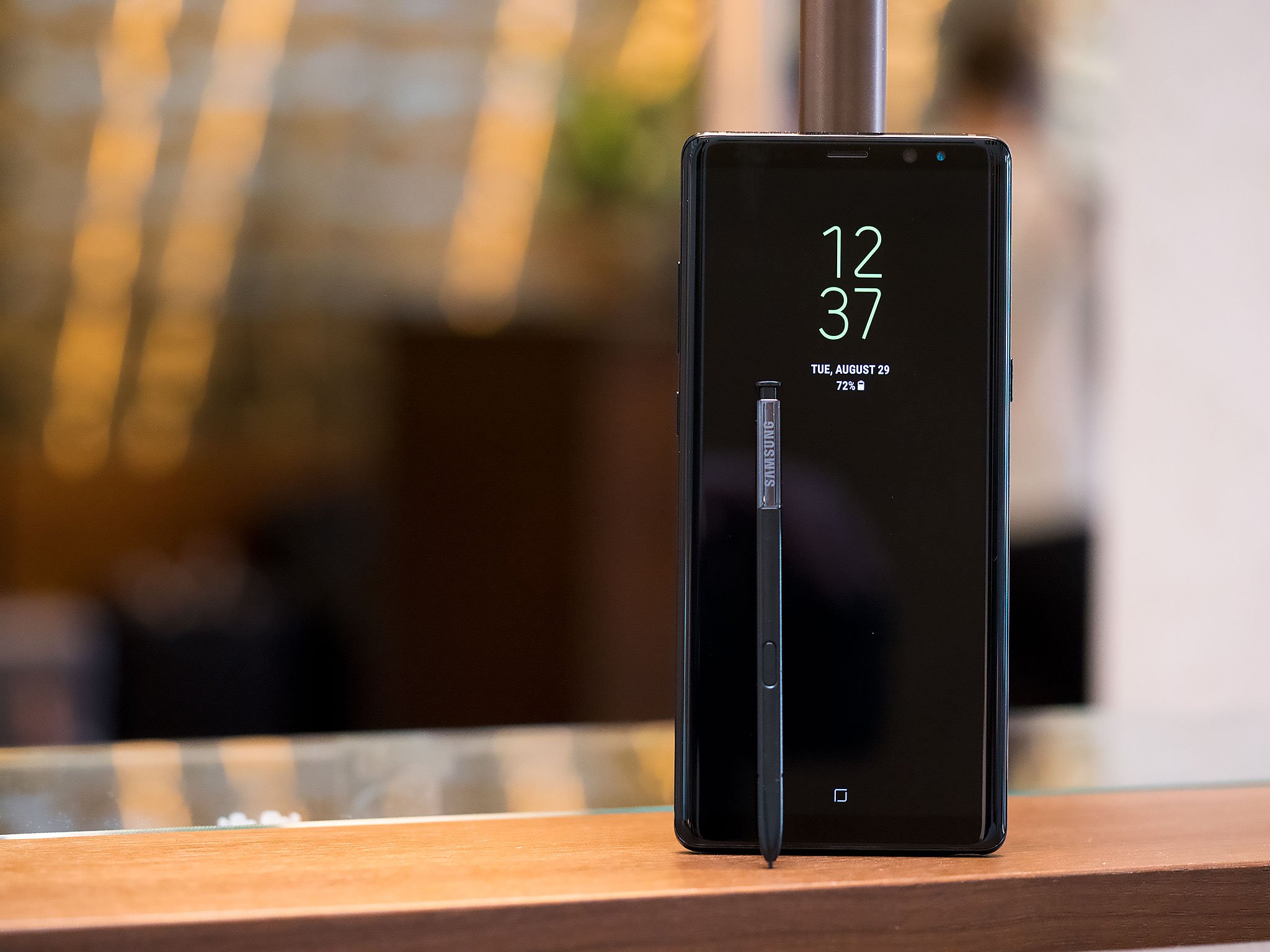
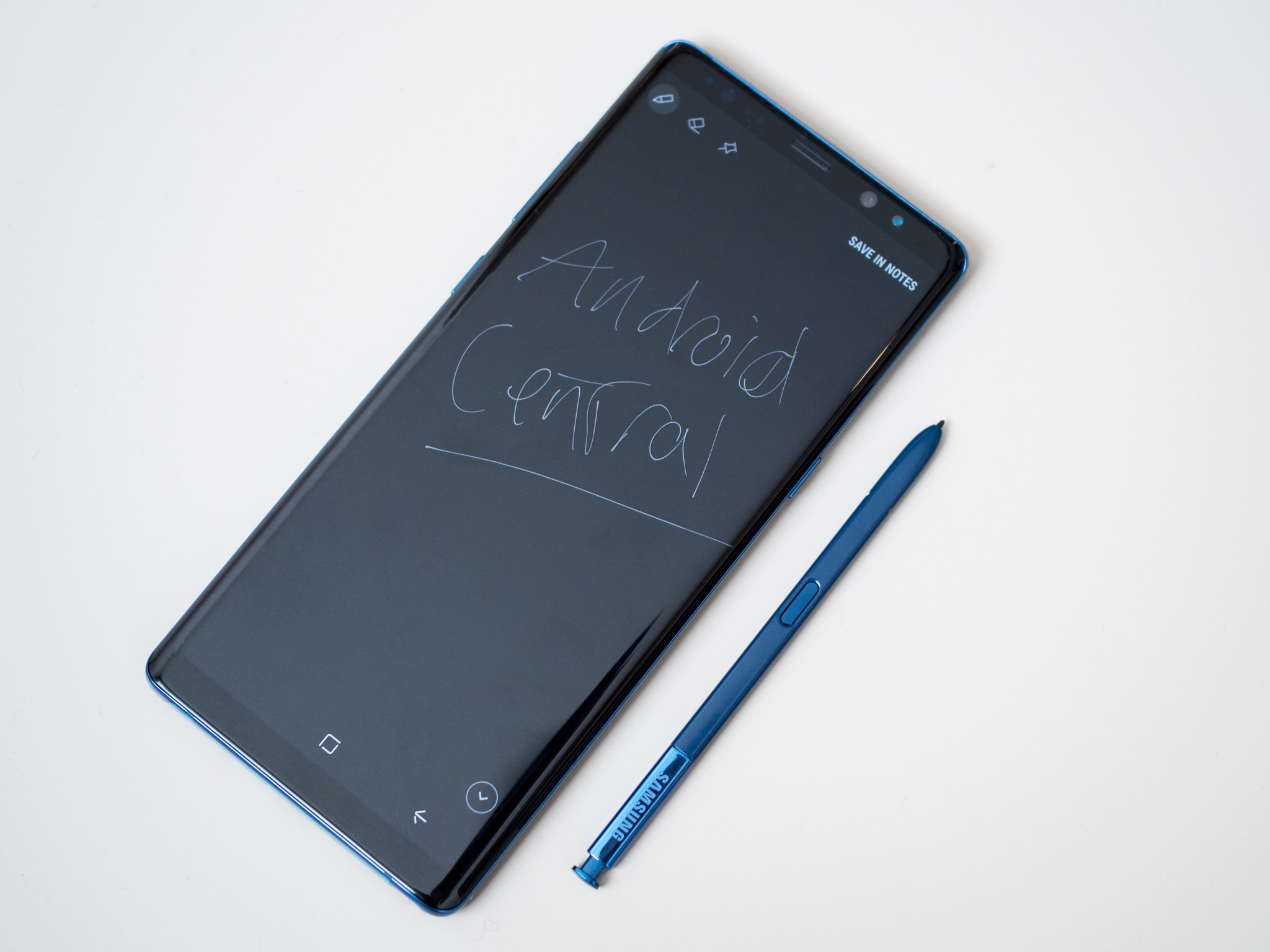
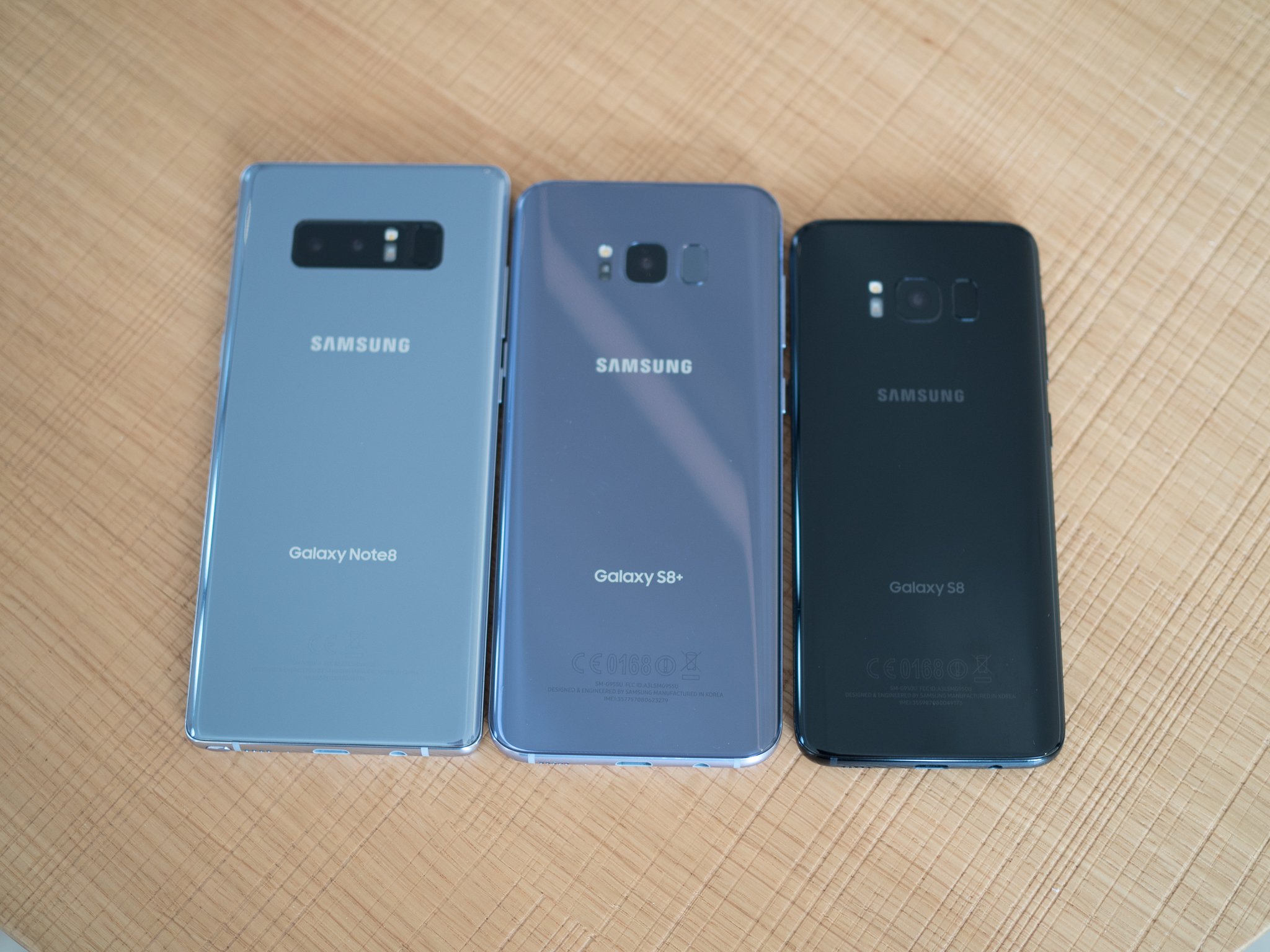


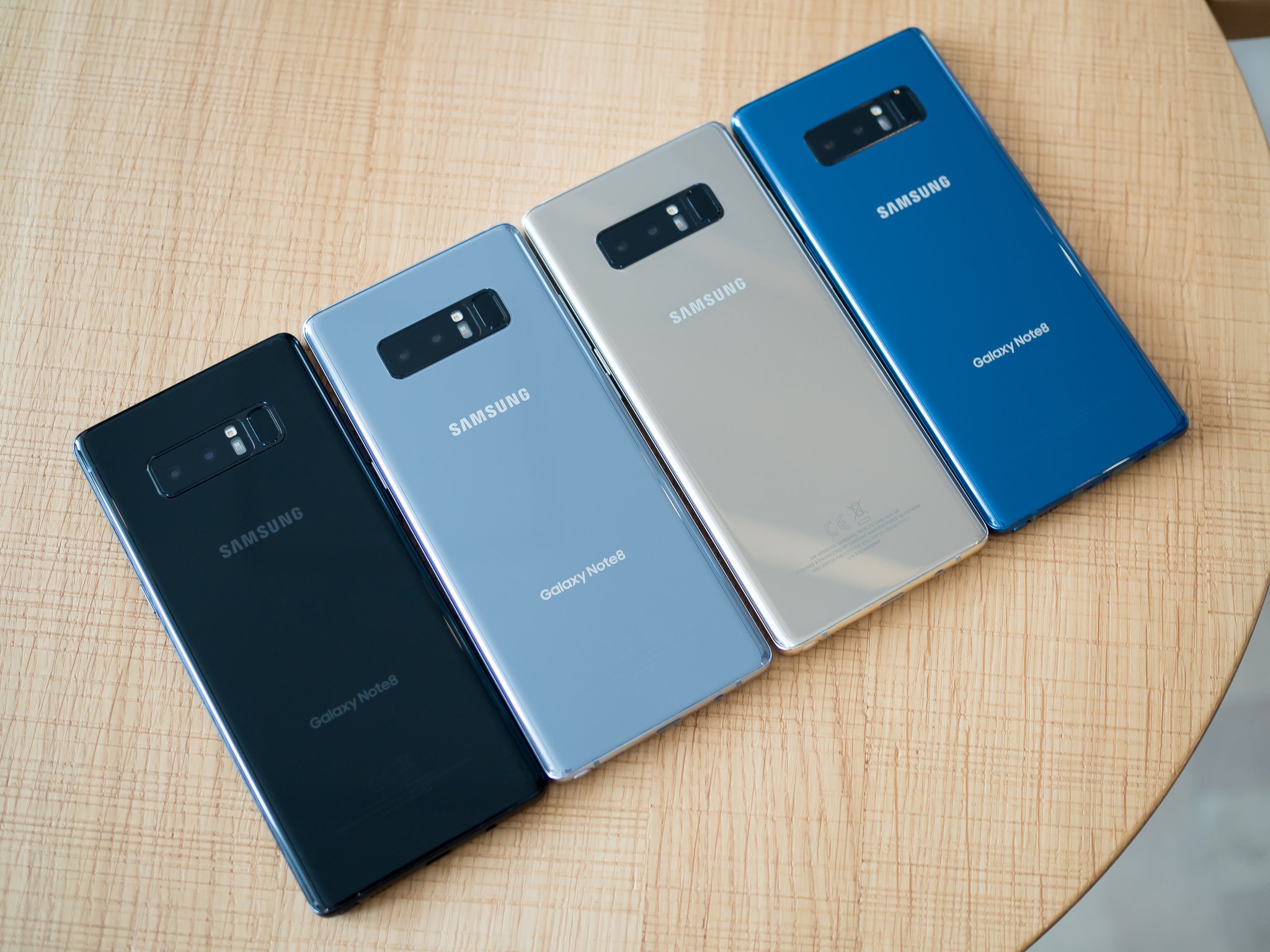


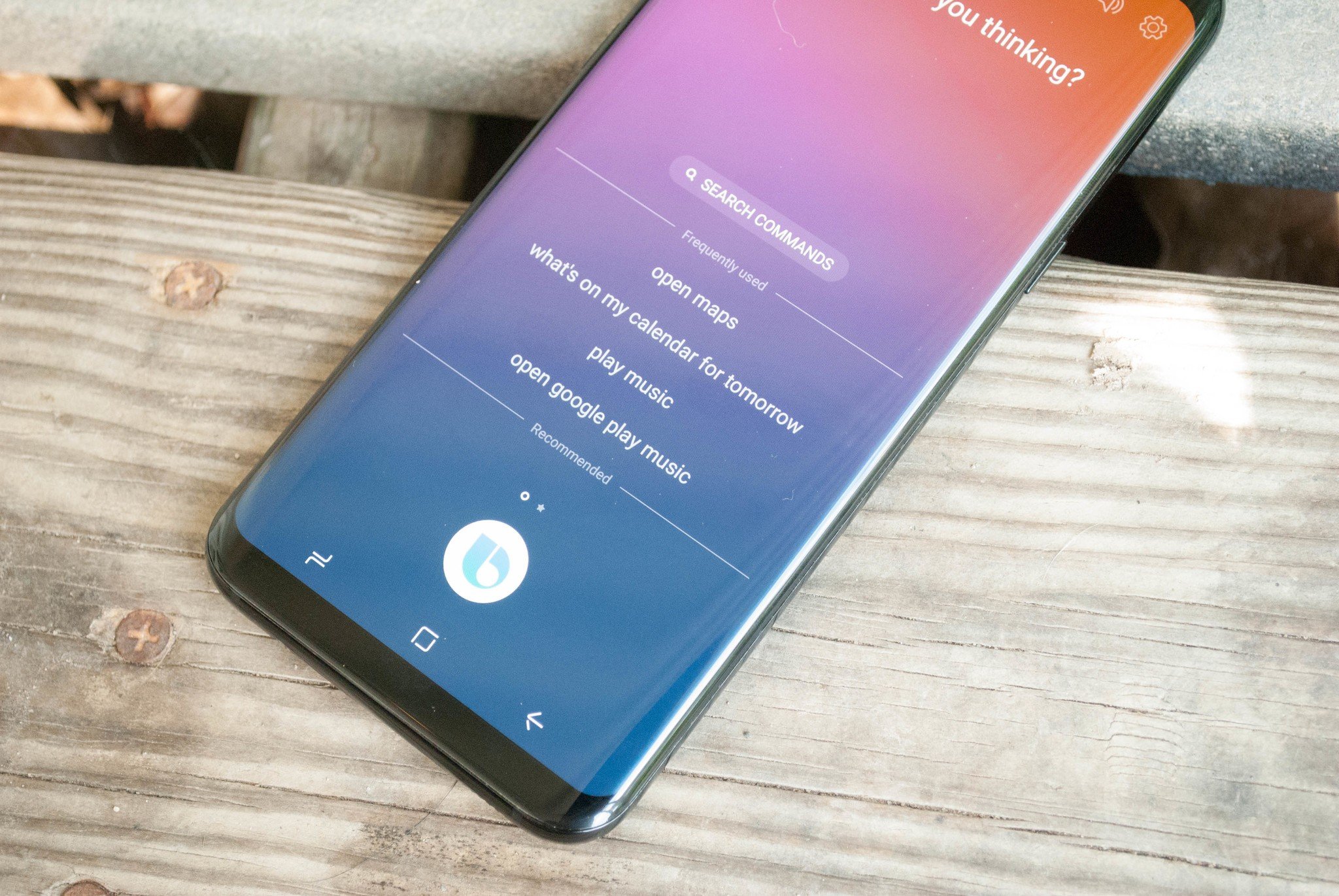

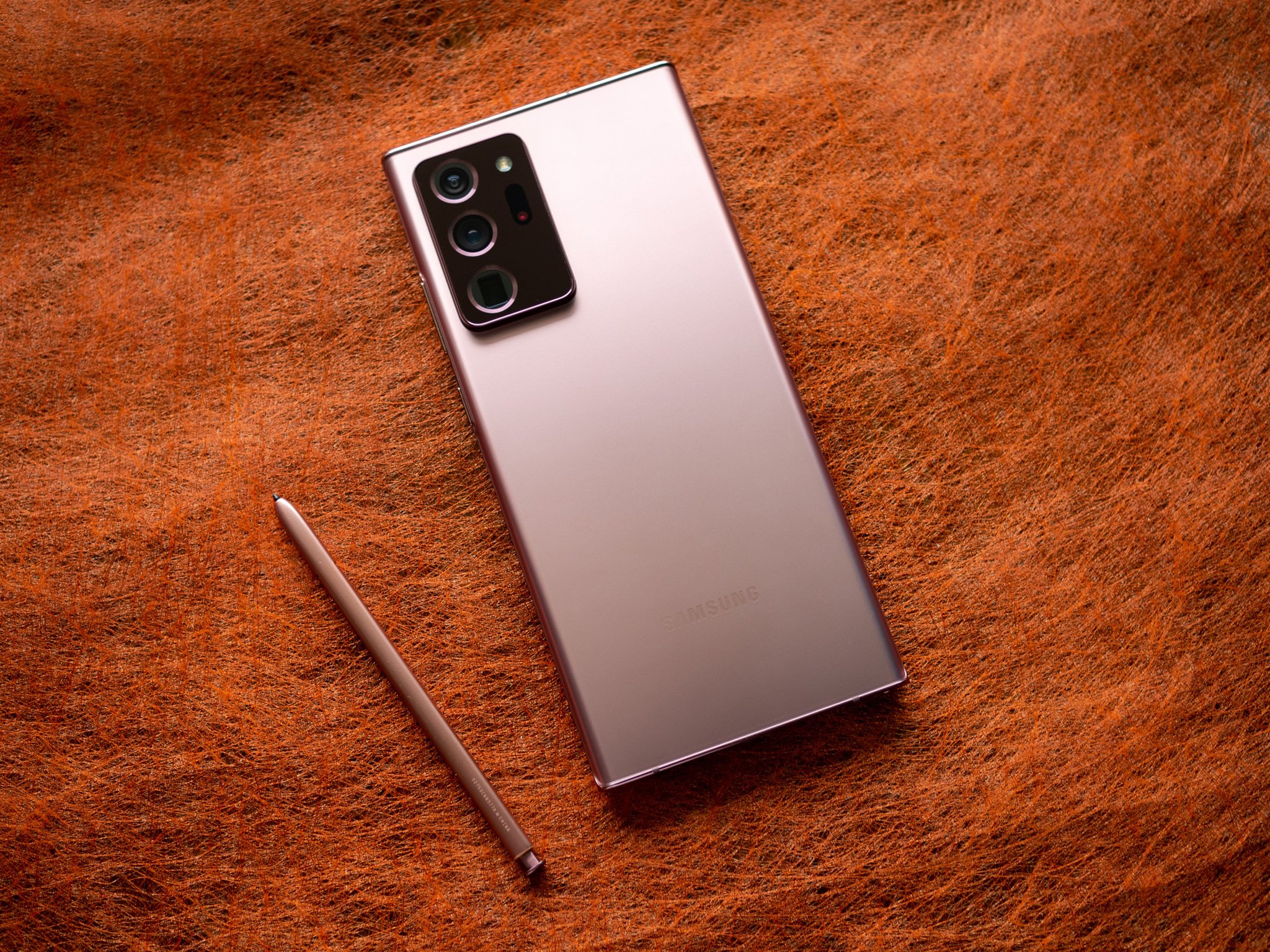
ليست هناك تعليقات: